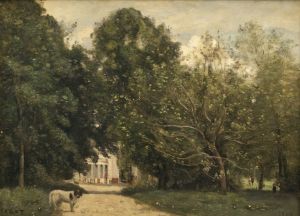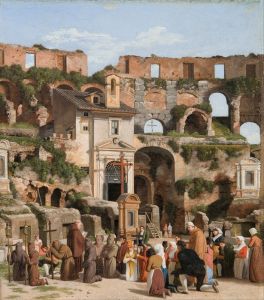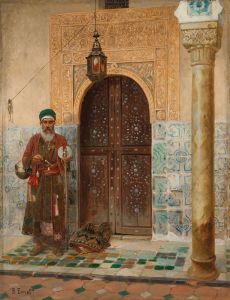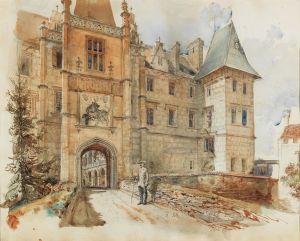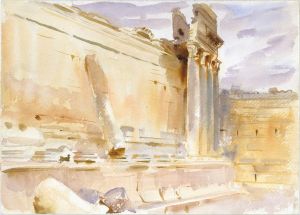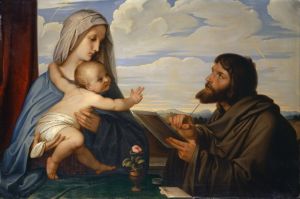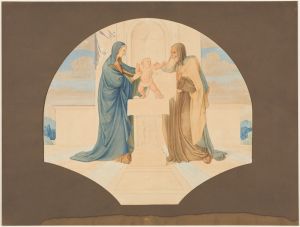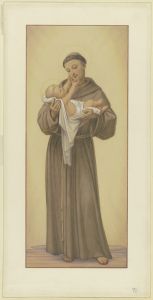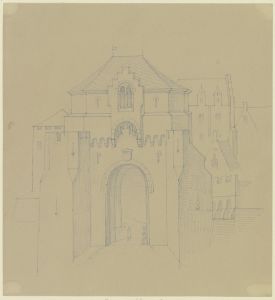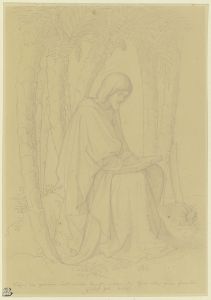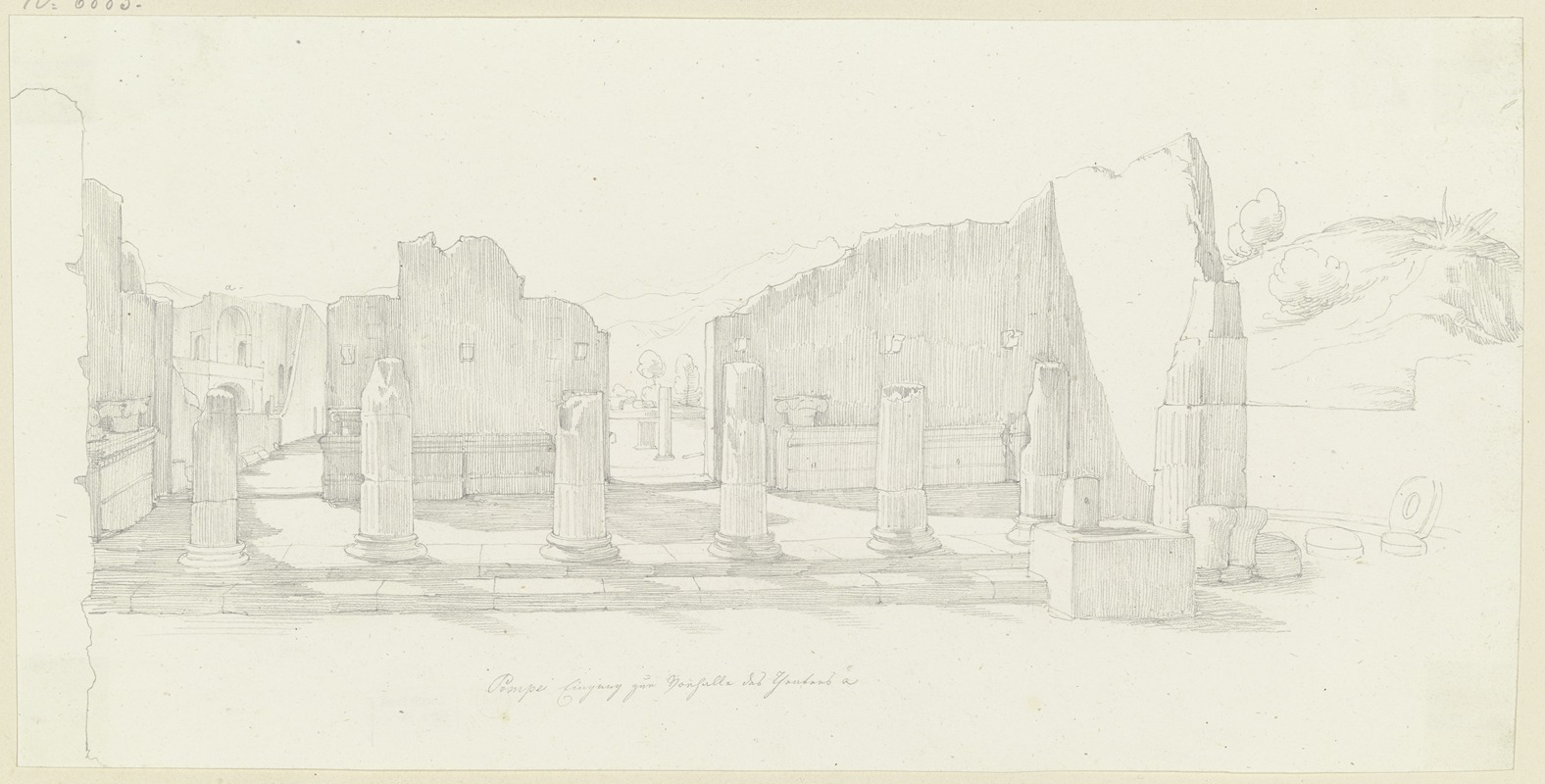
Eingang zur Vorhalle des Theaters in Pompeji
A hand-painted replica of Eduard von Steinle’s masterpiece Eingang zur Vorhalle des Theaters in Pompeji, meticulously crafted by professional artists to capture the true essence of the original. Each piece is created with museum-quality canvas and rare mineral pigments, carefully painted by experienced artists with delicate brushstrokes and rich, layered colors to perfectly recreate the texture of the original artwork. Unlike machine-printed reproductions, this hand-painted version brings the painting to life, infused with the artist’s emotions and skill in every stroke. Whether for personal collection or home decoration, it instantly elevates the artistic atmosphere of any space.
Eingang zur Vorhalle des Theaters in Pompeji (Entrance to the Vestibule of the Theater in Pompeii) is a painting by the German artist Eduard von Steinle. Steinle, born in 1810 and deceased in 1886, was a prominent figure in the Nazarene movement, which sought to revive honesty and spirituality in Christian art. The painting, created in the 19th century, reflects Steinle's interest in historical and architectural subjects, particularly those from ancient Roman times.
The artwork depicts the entrance to the vestibule of the ancient theater in Pompeii, an archaeological site that has fascinated historians and artists alike since its rediscovery in the 18th century. Pompeii, a Roman city near modern Naples, was famously buried under volcanic ash and pumice following the eruption of Mount Vesuvius in 79 AD. The city's sudden burial preserved many of its buildings, artifacts, and artworks, providing a unique snapshot of Roman life.
In Steinle's painting, the entrance to the theater is rendered with meticulous attention to architectural detail, capturing the grandeur and classical beauty of Roman design. The composition likely includes elements such as columns, arches, and decorative motifs that were characteristic of Roman theaters. These theaters were central to public life in Roman cities, serving as venues for drama, music, and other performances.
Steinle's work is known for its precise draftsmanship and rich, atmospheric use of color, which would have been employed to evoke the historical ambiance of the ancient site. His depiction of the theater's entrance would have been informed by contemporary archaeological findings and the artist's own studies of classical architecture.
The painting not only showcases Steinle's technical skill but also reflects the 19th-century European fascination with antiquity and the classical past. This interest was part of a broader cultural movement that included the study and collection of ancient artifacts, the excavation of historical sites, and the incorporation of classical themes into art and literature.
Eduard von Steinle was a member of the Nazarene movement, which originated in the early 19th century among a group of German and Austrian artists who sought to return to the purity and spirituality of medieval and early Renaissance art. The Nazarenes were known for their detailed and idealized representations of religious and historical subjects, and Steinle's work often embodied these principles.
While specific details about the exact date of creation and the current location of "Eingang zur Vorhalle des Theaters in Pompeji" are not readily available, the painting remains an important example of Steinle's oeuvre and his contribution to the 19th-century revival of interest in classical antiquity. It stands as a testament to the enduring allure of Pompeii and the ancient world in the artistic imagination.





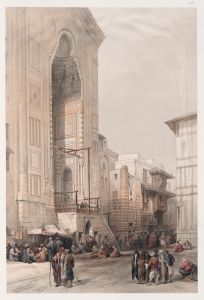
![View from under the portico of Temple of Edfou [Idfû], Upper Egypt.](/imgs/217570/s/david-roberts-view-from-under-the-portico-of-temple-of-edfou-idfu-upper-egypt-1802940f.jpg)
